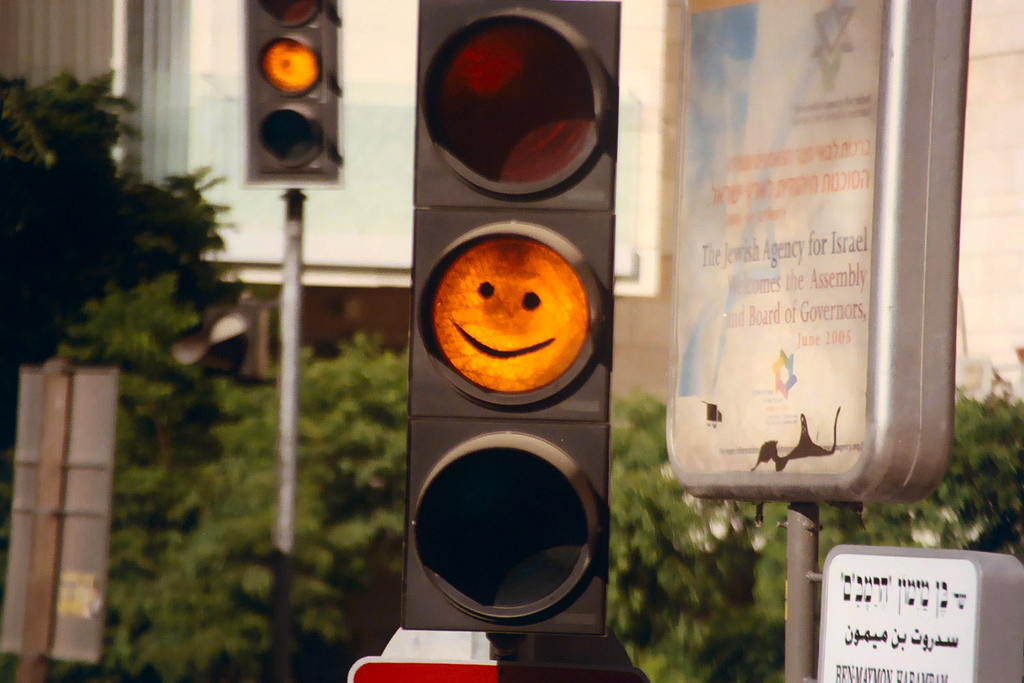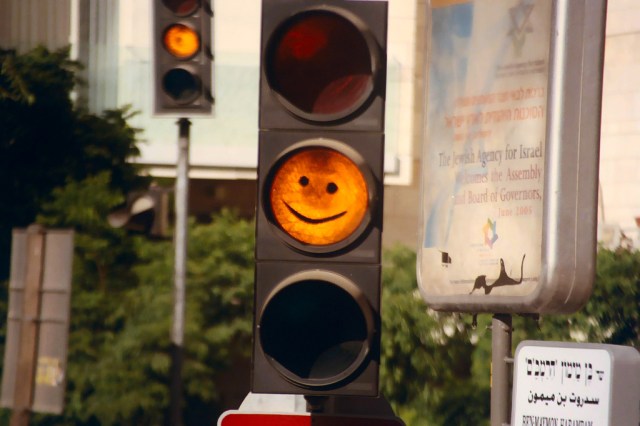The Speed of Light Might Actually Be Slower Than We Thought, Which Kind of Ruins Everything
On the up side, it lowers the bar for faster-than-light travel, right?

Thanks to Einstein, everyone knows that the speed of light in a vacuum is a constant (299,792,458 meters per second), and we use that speed to calculate distances in the vastness of space. But light has had a bit of a lateness problem at times, which doesn’t make a lot of sense if its speed is constant. Well, surprise! Light might actually be slower than we thought.
At least, that’s the theory in a paper that physicist James Franson, of the University of Maryland, recently published in the New Journal of Physics. Franson’s calculations are based on a supernova that exploded back in 1987. Photons from the event were observed on Earth, but they arrived 4.7 hours later than expected.
But previous theories that the late photons weren’t actually from the supernova didn’t satisfy Franson. No, like an outer space hall monitor, he was determined to prove that the light was actually tardy, and he believes it was due to photons’ vacuum polarization. That’s when photons split into a positron and an electron for a bit before recombining into a photon. Franson notes that it should create a gravitational differential that would cause a slight difference in the energy of the pair of particles when they recombine.
If the particles do the fusion dance like that over and over again as light travels, the change in energy should be enough to slow the light down a bit. According to Franson, it easily accounts for the 4.7 hours lost in the light from 1987’s supernova SN 1987A, which is located 168,000 light years away from us. But that’s where this new idea gets really fun—if we’re wrong about the speed of light, then we’re also wrong about distances in space.
That would mean that a lot of measurements have to be redone, and some theories that have been proposed to explain why light is so irresponsible about punctuality would have to be thrown out entirely. So next time someone’s mad that you’re late, kindly remind them that it’s just a fact of the universe, and at least your lateness didn’t ruin all of cosmological theory.
(via Phys.org, image via Ben Faulding)
- The Earth and the Moon have been lying about their age
- Scientists also have no explanation for the composition of a new giant planet
- Some scientists misplaced a bunch of SARS
Are you following The Mary Sue on Twitter, Facebook, Tumblr, Pinterest, & Google +?
Have a tip we should know? [email protected]
